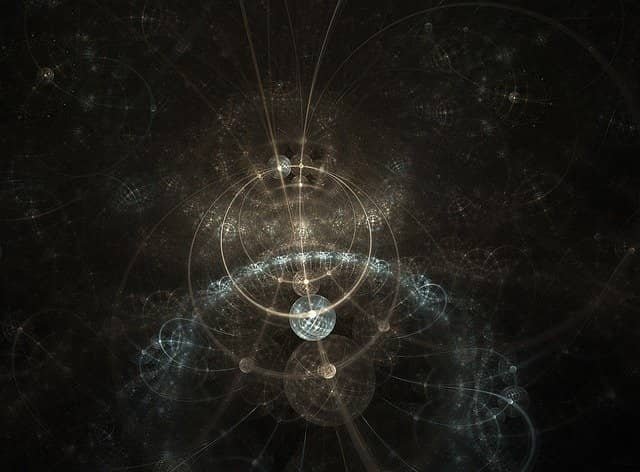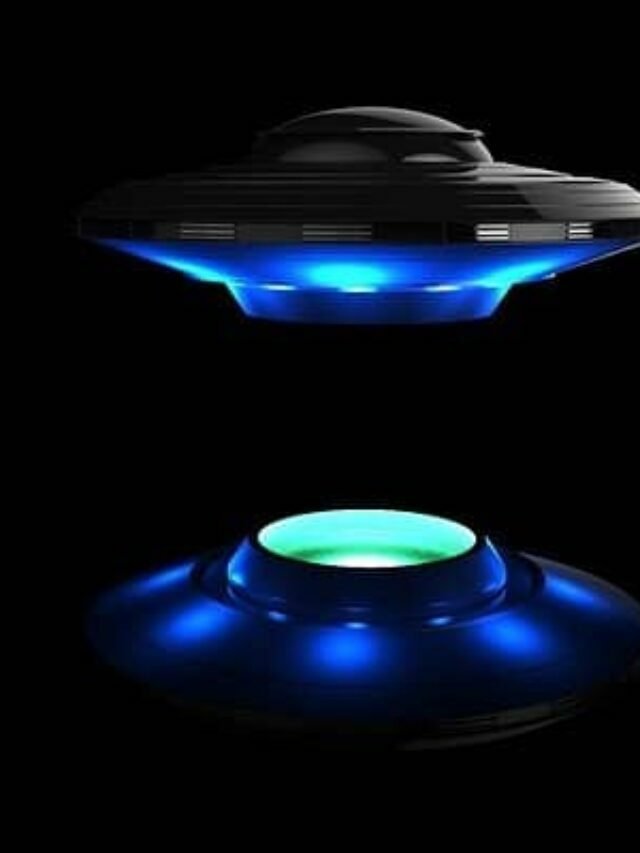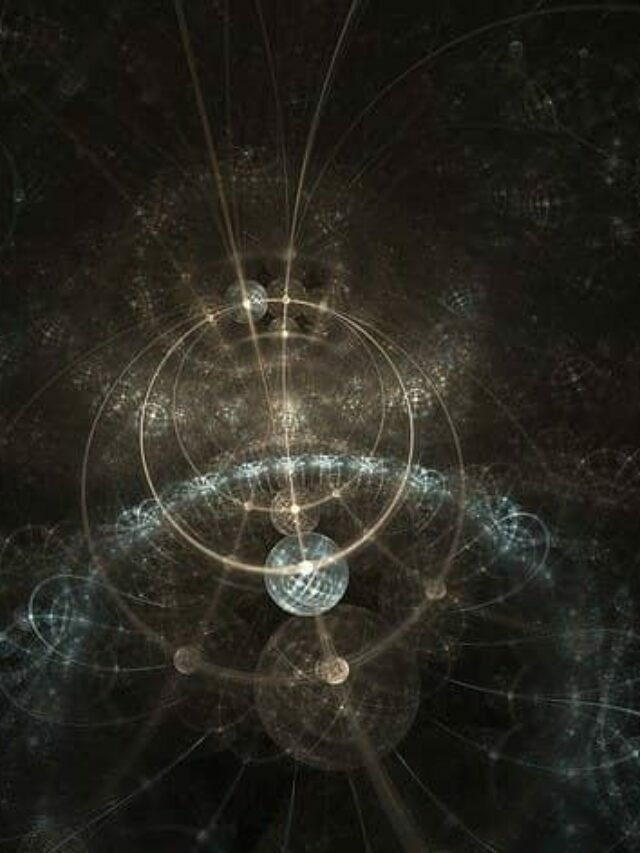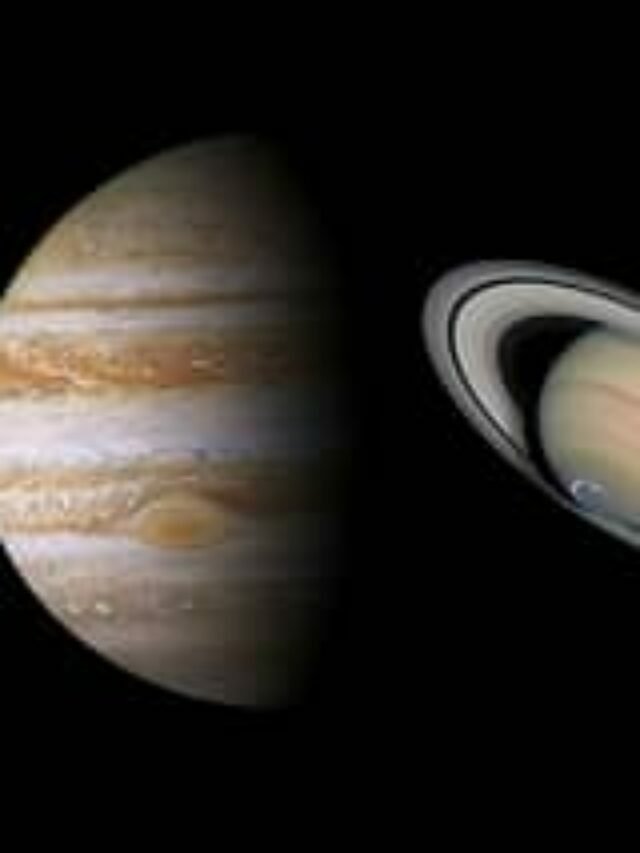Voyager 2 is a robotic spacecraft or uncrewed spacecraft technically known as a space probe. NASA launched Voyager 2 space probe on August, 20, 1977 to study the outer planets and interstellar space beyond the sun’s heliosphere. Heliosphere is the outermost atmospheric layer of the sun. Voyager 2 was launched 16 days earlier than Voyager 1. Now the spacecraft is on the mission of studying interstellar space.
Voyager 2
NASA Voyager 2 location speed launch date distance from earth
Location – The connection is realigned by NDSN and receiving the scientific data from probe, soon will get the Voyager 2 current location which will be updated here. The probe lost its connection about 12 billion miles away.
Voyager 2 launch date – Voyager 2 was established on 20 August 1977 by NASA and it has been working for 45 long years. From the establishment to till now its total working period is 45 years 11 months and 16 days as of 5, August 2023 UTC. Till now it has reached a distance of 133.041 AU (19.903 billion km; 12.367 billion mi from earth.
Speed – Voyager 1 speed – 3.6 AU (330 million mi; 540 million km) per year. Voyager 2 speed – 3.3 AU (310 million mi; 490 million km) per year.
Distance – Voyager 2 distance from earth – 133.041 AU (19.903 billion km; 12.367 billion mi from earth.
Interstellar space and heliosphere
Interstellar space – Interstellar space is the matter and radiation in the space between the star system and galaxy. The space probe entered interstellar space in november 2018 at 119.7 AU which is 11.1 billion mi;17.9 billion km from the sun. It moved at a velocity of 15.341 km/s relative to the sun.
Read this – How to become scientist in NASA
Voyager 2 left heliosphere – The heliosphere takes the shape of a vast bubble-like region of space and it is the magnetosphere, astrosphere and outermost atmospheric layer of the sun. Voyager 2 has already left the sun’s heliosphere and now it is travelling through Interstellar medium. Interstellar is an outer space region beyond the solar system’s influence. Voyager 1 reached interstellar medium in 2012 and now Voyager 2 is on the same path and joining Voyager 1. Voyager 2 has started the first direct measurement of the density and temperature of interstellar plasma.
NASA Deep Space Network
NASA deep space network Is a worldwide American spacecraft network. It is a network of communication ground segment facilities. NASA DSN is located in the United States (California), Spain (Madrid) and Australia (Canberra), and supports NASA’s interplanetary spacecraft.
NASA Voyager 2 communication lost and back dates
21 July 2023 Voyager 2 communication lost with NASA – On 21 July 2023 flight control pointed its antenna away from the Earth, moved it by 2 degrees away from the earth resulting in Voyager 2 and earth communication lost. In Canberra the NASA dish antenna was being used to search the space probe. NASA dish antenna is used to saturated location with commands to realign the space probe antenna during an attempt to reestablish the radio link.
4 August 2023 Voyager 2 NASA communication back – NASA antenna picked up a signal on 2 August 2023 and NASA confirmed it on 4 August 2023. With the use of an “Interstellar shout” now the dish of Voyager 2 has been set back towards earth, NASA said. Interstellar shout is a powerful transmission which is sent by the highest power transmitter from the Deep Space Network. If the agency fails to contact the space probe then they have to wait for the automatic system on Voyager 2 to direct its dish towards earth and this is estimated to happen around october 2023.
Check this out – NASA SCIENTIST KATHERINE CALVIN SALARY AGE

Voyager 2 achievements
- Voyager 2 Is the only spacecraft that visited ice giant planets such as Uranus and Neptune. It is the 3rd spacecraft that achieved solar escape velocity which permitted it to leave the solar system.
- Voyager 2 visited the jovian system in 1979.
- The spacecraft visited the Saturnian system in 1981.
- It visited the Uranium system in 1986 and the Naptunian system in 1989.
- Voyager 2 continues to transmit scientific data through their power bank which is expected to be depleted after 2025.
faq
What is Voyager 2?
It is a space probe launched by NASA?
Who launched Voyager 2?
NASA.
When Voyager 2 was launched?
August, 20, 1977.
What is the Voyager 2 doing mission?
Voyager 2 doing mission is to study the outer planets and interstellar space. This space probe will study the outermost atmospheric layer of the sun. It is transmitting scientific data at about 160 bit per second.
Who designed the Voyager 2 spacecraft?
Jet Propulsion Laboratory (JPL).
Voyager 2 constructed with which materials?
16 hydrazine thrusters.
Three access stabilization.
Gyroscopes.
Celestial referencing instruments (sun sensor/canopus star tracker).
What is Voyager 2 distance from earth?
The distance is 133.041 AU (19.903 billion km; 12.367 billion mi from earth.
Who announced that Voyager 2 reached interstellar space?
Edward C. Stone.
When Voyager 2 overtook pioneer 10?
On July 18, 2023.
When did Voyager 2 lose connection from Earth?
On July 21, 2023.
When NASA restored contact with the Voyager 2 probe?
On 4 August 2023 NASA confirmed that it had restored connection with the probe and received scientific data.
How does NASA restore the connection with Voyager 2?
From the deep space network NASA uses a powerful transmission called “interstellar shout” to realign the antenna.
What is an interstellar shout?
It is a powerful transmission of the highest power transmitter termed as “interstellar shout” of a deep space network which NASA used to restore the connection with Voyager 2.
How does NASA communicate with Voyager 2?
By using an interstellar shout NASA realigned the antenna and now getting scientific data from Voyager 2.
Read more




